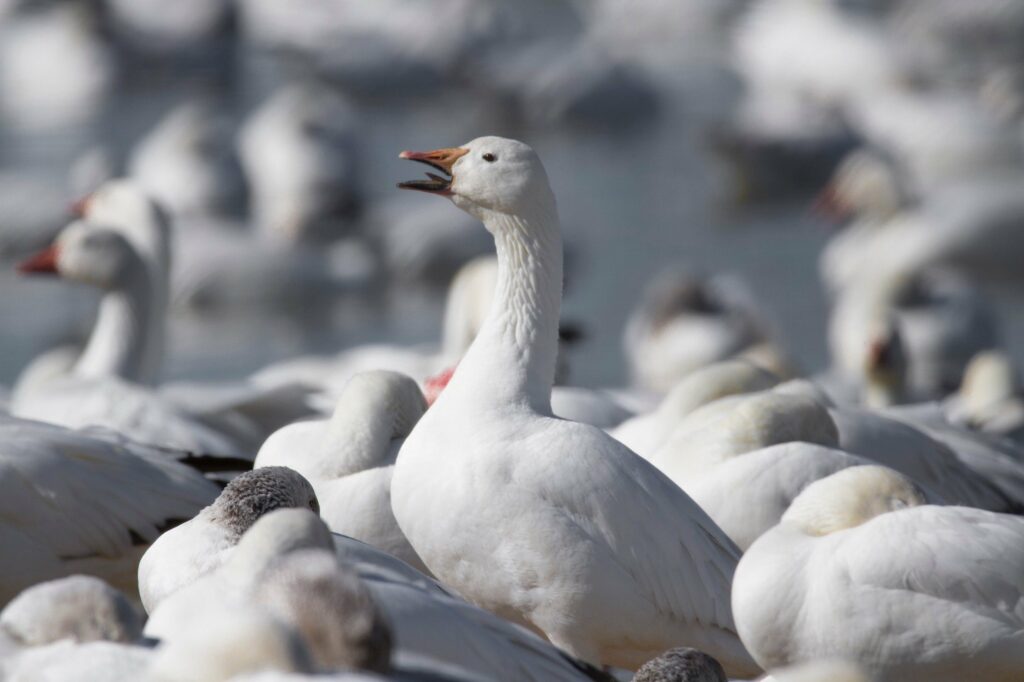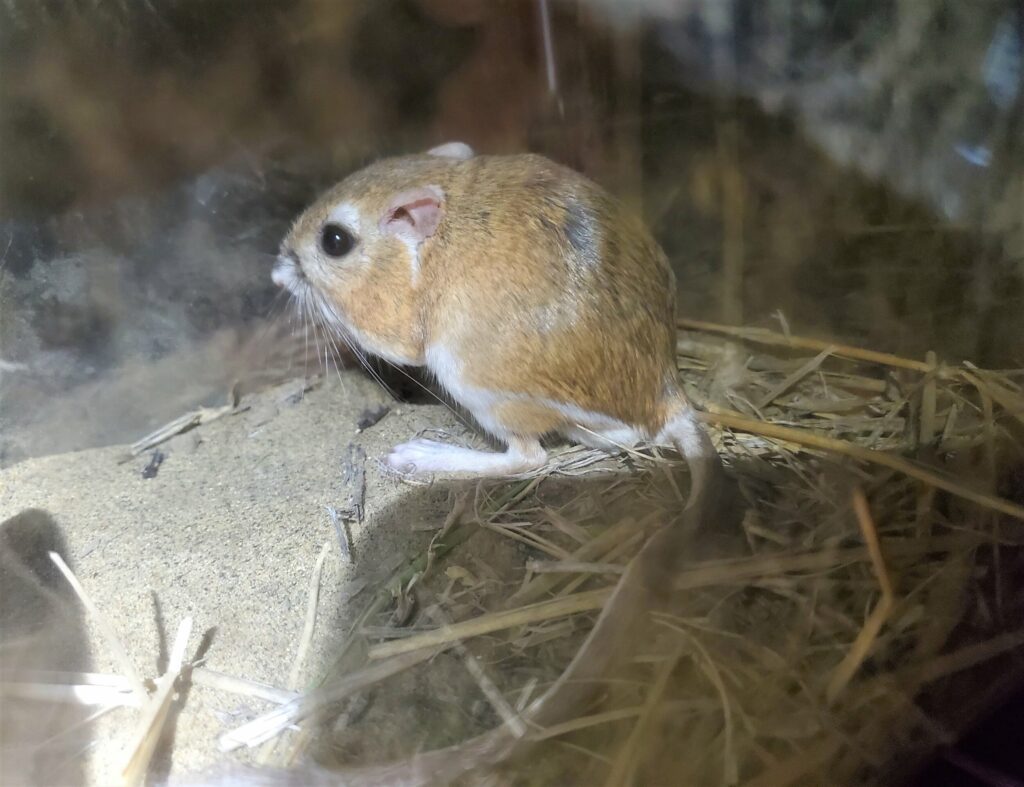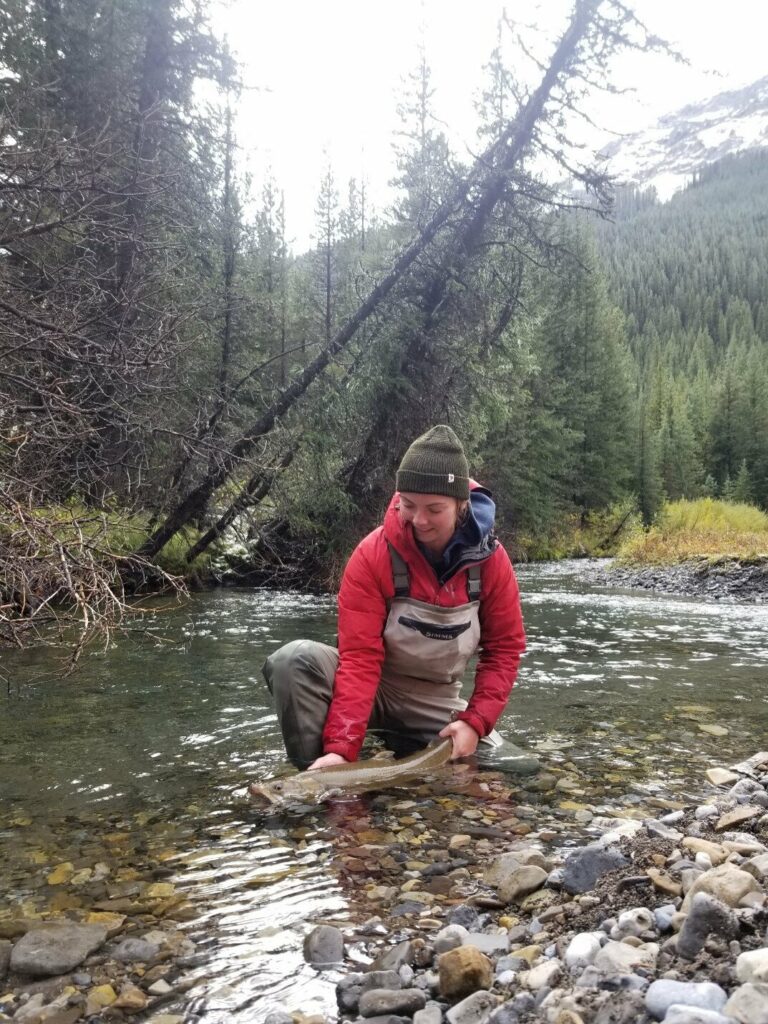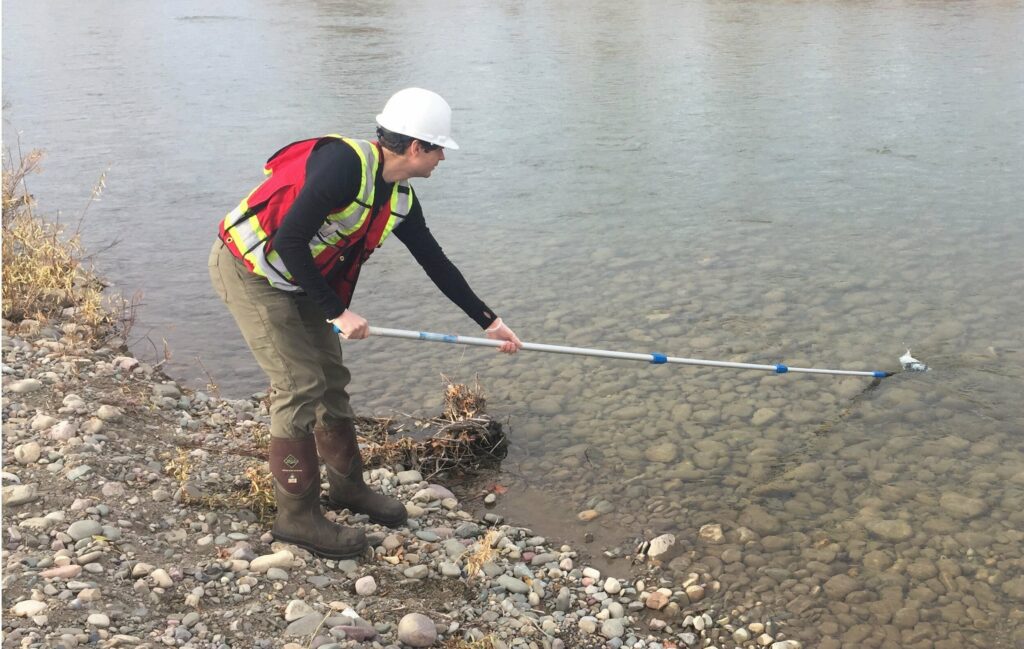What the Duck? Why Waterfowl are Essential to Wetlands
Wetlands provide vital habitat for an abundance of aquatic and terrestrial species, including, migratory waterfowl (ducks, geese, and swans). Many of these important wetland ecosystems can be found nestled within the Prairie Pothole Region (PPR) of Alberta, Saskatchewan, and Manitoba in Canada, as well as North Dakota, South Dakota, Iowa, Minnesota, and Montana in the United States. So it almost doesn’t come as a surprise that the PPR provides suitable habitat for almost 50% of all North American migratory waterfowl populations to feed, breed, and stop-over during migration movements!



